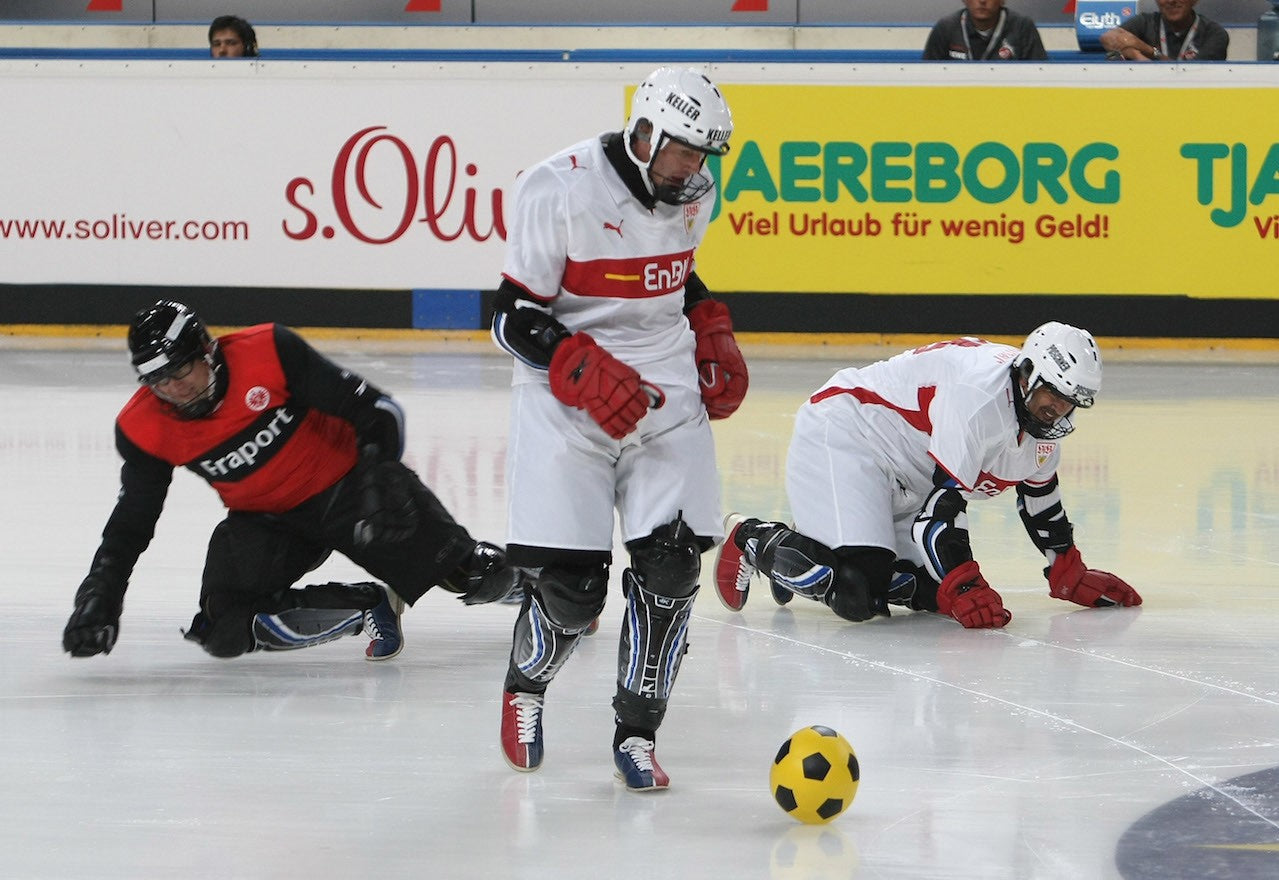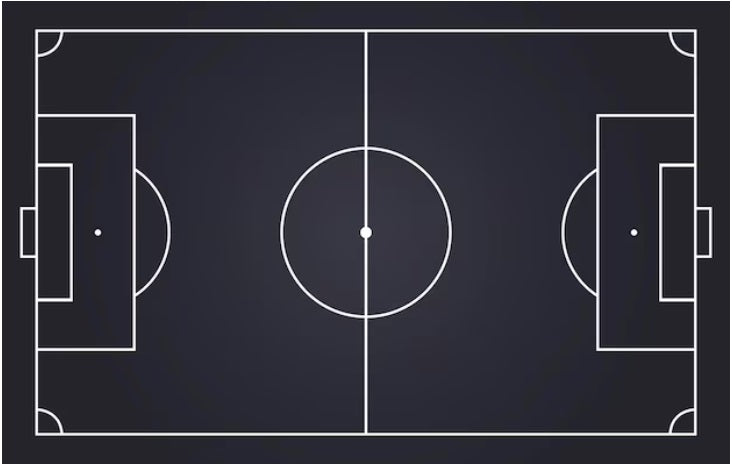Born in Texas, footbag goes international
If many games such as cuju originating from China, kemari originating from Japan, soule originating from Celtic Gaul and Florentine calcio are recognized as being ancestors of football, the latter in turn gave birth to others games and sports like footbag. Known since the 70s, the footbag has continued to enjoy impressive notoriety. It is considered much more than just entertainment and we even see international level competitions. But first of all, to discover footbag, let's take a quick look at its history and the different disciplines that constitute it.
History of the birth of the footbag
It was in Oregon in the United States during the summer of 1972 that the footbag was born. A Texan named John Stalberger who is enjoying his vacation meets Mike Marshall. John was an athlete, he was recovering from a knee injury when he made this encounter. Both of them indulged in this hobby to pass the time. The ball was a bag filled with beans. This hobby was very beneficial for the convalescence of John who recovered very quickly from his injury. After numerous negotiations, research and numerous improvements, the two friends succeeded in launching the fruit of their imagination on the American market. Unfortunately, Mike died a few months before. John continued their joint work and in 1978 after other rule changes, footbag reached its competitive form. Today, this discipline, both a game and a sport, is known throughout the world and the number of its followers is increasing every day.
Etymological origin
The original name of the footbag is hacky sack. It is a small ball made of fabric or leather filled with beads or grain. It can be filled either with plastic or lead balls or with grains of sand or rice. To invite the other to play, one of the two friends would say: “ Let's go hack the sack ”. Which translated into French gives us “ Let’s kick the bag ”. Hence the etymological origin of hacky sack to designate the game or the ball.
Sporting forms of footbag
Originally, the two friends kicked, each taking turns hitting the ball, while preventing it from falling. The objective was therefore to keep it in the air as long as possible. The game consists of performing sequences by performing acrobatic movements while trying to keep the ball and without using your hands. Today, we more frequently encounter five sporting forms (or variants) of footbag, each with its own particularities.
- The freestyle footbag
This is the most practiced form of footbag and perhaps the most fun. In any case, it is the most artistic form. It combines juggling, football, dance and martial art. The goal here is to perform a series of figures against a musical background. We practice freestyle footbag alone or with others around a circle. The figures are called “tricks”. Among the tricks commonly encountered are the flying clipper, the squeeze, the pardox mirage, etc.
- Footbag net
This form is played one against one or two against two. When playing as a duo, the number of touches of the ball cannot exceed three, whereas when playing one against one, the number of touches cannot exceed two. The only part of the body capable of playing the ball is the foot. The players remain on either side of a 1.60 m high net. The objective is to get the ball into the opposing camp. We therefore find here a mixture of football, volleyball, squash and badminton. This is the most common form in competition.
- The golf footbag
As we notice in the name, the footbag combines football and golf. The goal here is to hit the ball into a hole. The player plays the ball with the foot replacing the club.
- The consecutive footbag
Here, the objective is to play the ball for a given time or a given number of times without dropping it.
- Footbag Four Square
The Four Square footbag is a fun way to practice footbag with friends or in a playground. Find out how to play Footbag Four Square by watching the video
© 2019 JugglePro. Reproduction prohibited without the authorization of the author


















